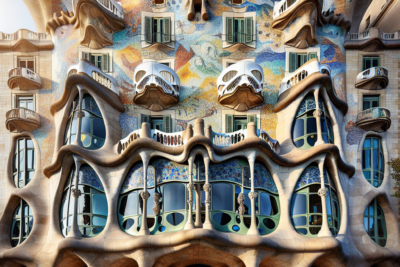
- The History Behind the Construction of Sagrada Familia in Barcelona
- Factors Influencing the Construction Timeline of Barcelona's Sagrada Familia
- Architectural Innovations in the Prolonged Construction of Sagrada Familia
- Significance of Gaudí's Vision in the Ongoing Construction of Sagrada Familia
- Exploring the Challenges Faced During the Construction of Sagrada Familia
- The Future Completion Plans for Barcelona's Sagrada Familia
The Sagrada Familia, a masterpiece designed by the renowned architect Antoni Gaudí, has captured the imagination of millions since its groundbreaking in 1882. Its intricate design and unique architectural style have made it a symbol of Barcelona, attracting visitors from around the globe.
As construction continues over a century later, it raises questions about the challenges and triumphs faced throughout its history. **The Remarkable Construction Time of Barcelona's Sagrada Familia** exemplifies the dedication to artistry and innovation, as each stone is meticulously placed to realize Gaudí's vision.
The History Behind the Construction of Sagrada Familia in Barcelona
The history of the Sagrada Familia is as intricate as its design, beginning in 1882 when construction was first initiated under architect Francisco de Paula del Villar. However, the project dramatically changed direction when Antoni Gaudí took over in 1883, infusing the basilica with his revolutionary architectural style. His vision combined Gothic and Art Nouveau elements, establishing a unique identity that would take decades to realize.
Throughout its construction, the Sagrada Familia has faced numerous challenges that have shaped its development, including:
- Financial constraints, often relying on private donations
- Political turmoil, especially during the Spanish Civil War
- Technological advances that have allowed innovative construction techniques
After Gaudí's tragic death in 1926, the project entered a prolonged phase of uncertainty. Plans and models left behind by Gaudí were vital in guiding subsequent architects and craftspeople, allowing them to remain faithful to his vision. Today, the Sagrada Familia continues to evolve, with a completion date projected for the mid-21st century, standing as a testament to human creativity and perseverance.
The basilica has not only become a landmark in Barcelona but also an emblem of cultural heritage. It is recognized as a UNESCO World Heritage Site, with millions visiting each year to appreciate its beauty and complexity. The ongoing construction serves as a bridge connecting Gaudí's original concept with contemporary architectural practices, making the Sagrada Familia a remarkable narrative of history, art, and dedication.
Factors Influencing the Construction Timeline of Barcelona's Sagrada Familia
The construction timeline of Barcelona's Sagrada Familia has been influenced by a variety of significant factors that extend beyond mere architectural ambition. One major element is the **funding model**; the project has historically been financed through private donations and ticket sales, leading to periods of delay when funds were low. This reliance on public generosity means that construction pace has often fluctuated, relying on the community's support for continuation.
Another crucial factor is the **political and social context** in which the basilica has been built. The Spanish Civil War (1936-1939) disrupted construction significantly, resulting in damage to structures and plans. Additionally, various political regimes in Spain have impacted the focus and resources available for the project, creating challenges in maintaining a consistent workflow over the decades.
Technological advancements have also played a role in shaping the construction timeline. As new methods and materials have emerged, **innovative techniques** have been employed to keep the project aligned with Gaudí’s original vision while addressing modern safety and efficiency standards. This evolution allows for the basilica to progress more swiftly than it might have in earlier periods.
Finally, the **commitment to craftsmanship** has prolonged the timeline. Each element of the Sagrada Familia is a testament to meticulous artistry, requiring skilled labor from artisans who take pride in their work. This focus on quality over speed means that while the completion date may be pushed further into the future, the integrity of Gaudí's masterpiece remains intact, ensuring that it meets his visionary standards.
Architectural Innovations in the Prolonged Construction of Sagrada Familia
The Sagrada Familia integrates numerous architectural innovations that have emerged throughout its prolonged construction. One of the most notable features is the use of hyperboloid structures, which provide both aesthetic appeal and structural support. This innovative approach allows the basilica to achieve its iconic soaring towers and intricate facades while maintaining stability. The innovative methods adopted are a testament to Gaudí's forward-thinking vision, blending artistic expression with engineering precision.
In addition to hyperboloid structures, the Sagrada Familia employs a revolutionary technique known as "catenary arches." These arches, designed to resemble the natural curves of hanging chains, distribute weight evenly and enhance the overall stability of the basilica. This method reflects Gaudí's deep understanding of natural forms and forces, enabling the construction team to push the boundaries of traditional architecture. The result is a harmonious blend of art and science that continues to inspire architects worldwide.
The project also benefits from modern technology, which has allowed for rapid advancements in construction techniques. Innovations such as 3D modeling and computer-aided design have streamlined the process, enabling architects and builders to visualize complex elements before actual construction. This integration of contemporary technology with Gaudí's original designs ensures that the vision for the Sagrada Familia remains intact while adapting to modern construction standards.
Finally, the commitment to sustainable practices in the construction of the Sagrada Familia showcases a progressive approach to architecture. The use of eco-friendly materials and energy-efficient techniques highlights a growing awareness of environmental responsibility. This forward-thinking mindset not only honors Gaudí's legacy but also sets a precedent for future architectural projects, ensuring that the Sagrada Familia remains a beacon of innovation and sustainability in the heart of Barcelona.
Significance of Gaudí's Vision in the Ongoing Construction of Sagrada Familia
Antoni Gaudí's vision for the Sagrada Familia is not just a reflection of artistic ambition; it is a profound statement of faith and spirituality. Each element of the basilica is imbued with symbolic meaning, representing various aspects of Christian beliefs. Gaudí sought to create a structure that would inspire awe and reverence, making the ongoing construction a continuation of his sacred mission. The meticulous attention to detail in every stone reflects his desire to connect the divine with the earthly, ensuring that the Sagrada Familia stands as a sanctuary for generations to come.
The influence of Gaudí's vision can be seen in the collaborative efforts of the architects and craftsmen involved in the ongoing construction. They are guided by his original models and sketches, which serve as both inspiration and blueprint. This commitment to maintaining authenticity in design is crucial, as it allows the current team to stay true to Gaudí’s ideals while incorporating modern techniques. Today’s builders are not just constructing a building; they are actively participating in a living legacy that bridges the past with the future.
Furthermore, the challenges faced throughout the years have only deepened the significance of Gaudí's vision. Each hurdle, from financial constraints to technological innovations, has necessitated adaptations that still align with his original concepts. The ongoing construction process has fostered a unique blend of tradition and innovation, showcasing how Gaudí's ideas remain relevant in a contemporary context. This synergy not only honors his legacy but also serves as a reminder of the resilience of human creativity in the face of adversity.
Ultimately, Gaudí's vision for the Sagrada Familia transcends mere architecture; it embodies a cultural and spiritual journey. As the basilica rises towards completion, it becomes a symbol of hope and perseverance, reflecting the dreams of countless individuals who have contributed to its construction. The ongoing efforts to fulfill his vision ensure that the Sagrada Familia will continue to inspire awe and admiration, standing as a testament to the enduring power of art and faith.
Exploring the Challenges Faced During the Construction of Sagrada Familia
The construction of the Sagrada Familia has been a monumental endeavor, fraught with challenges that have tested the limits of human ingenuity. One significant hurdle has been the **financial instability** surrounding the project. Historically reliant on private donations, fluctuations in funding have led to interruptions in work, forcing architects and builders to adapt their timelines and strategies accordingly. This economic uncertainty underscores the dedication of the community, which continues to support the basilica's progress through ticket sales and contributions.
Another major challenge has been the impact of **political upheaval** in Spain. The Spanish Civil War caused severe disruptions, damaging not only the ongoing construction but also the original blueprints and materials that Gaudí had meticulously prepared. Subsequent political changes have further complicated efforts, shifting priorities and resources away from the project at various times. These interruptions have necessitated a flexible approach to maintaining Gaudí's vision amidst evolving circumstances.
In recent years, the integration of **modern technology** has emerged as both a challenge and a solution in the ongoing construction. While advanced tools such as 3D modeling and automated machinery have accelerated some processes, they also require a careful balancing act to ensure that the artistry of Gaudí is preserved. This push and pull between innovation and tradition reveals the complexities involved in remaining true to the original design while adapting to contemporary construction methods.
Lastly, the **commitment to craftsmanship** has played a crucial role in the prolonged timeline of the Sagrada Familia. Each element of the basilica demands meticulous attention and a high level of skill, often requiring years of training for artisans involved. While this dedication to quality can extend construction timelines, it ensures that the final result not only honors Gaudí’s vision but also stands as a testament to the artistry and culture of Barcelona.
The Future Completion Plans for Barcelona's Sagrada Familia
The future completion plans for Barcelona's Sagrada Familia are ambitious and reflect a deep commitment to continuing Gaudí's extraordinary vision. The current goal is to finish the basilica by 2026, marking the centenary of Gaudí's death. This timeline is based on a combination of factors, including the availability of funding and advancements in construction technology, which are essential for navigating the complexities of this iconic project.
Key aspects of the completion strategy include:
- Enhanced Funding Models: The project continues to rely on ticket sales and donations, with ongoing campaigns to encourage public support.
- Technological Integration: The use of modern techniques like 3D printing and computer modeling is expected to accelerate construction while maintaining fidelity to Gaudí's design.
- Skilled Craftsmanship: A focus on recruiting and training artisans ensures that the quality of work remains high, honoring the meticulous standards set by Gaudí.
In addition to the logistical plans, the completion of the Sagrada Familia aims to enhance its role as a cultural and spiritual landmark. The project’s future will see an increased emphasis on sustainability, with efforts to incorporate eco-friendly materials and energy-efficient systems. This commitment not only respects Gaudí’s legacy but also aligns with contemporary architectural practices that prioritize environmental responsibility.
Finally, as the Sagrada Familia approaches its completion, it will serve as a living testament to the intersection of tradition and innovation. The collaborative efforts of architects, artisans, and the community will ensure that the basilica not only embodies Gaudí’s original vision but also adapts to modern needs, creating a harmonious blend of the past and future in the heart of Barcelona.
If you want to know other articles similar to The Remarkable Construction Time of Barcelona's Sagrada Familia you can visit the category WHERE YOU CAN GO.
Deja una respuesta

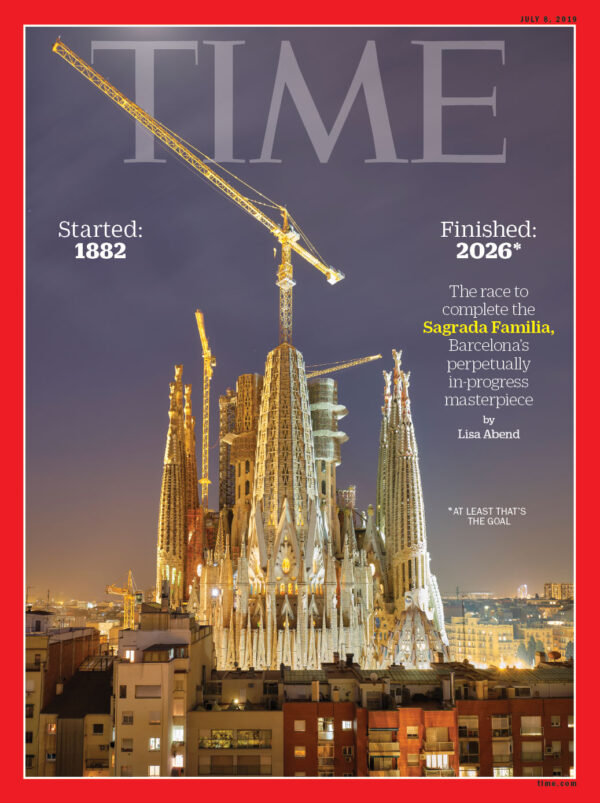
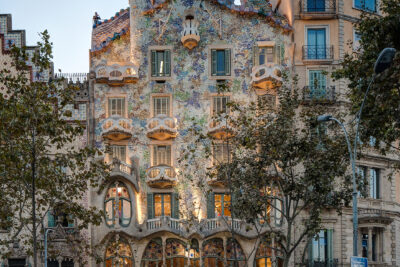
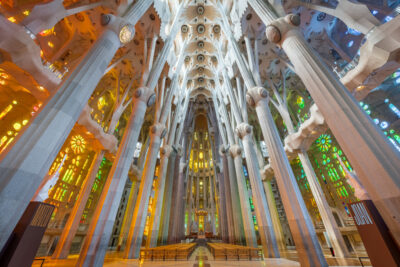
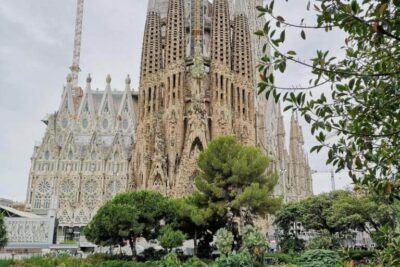
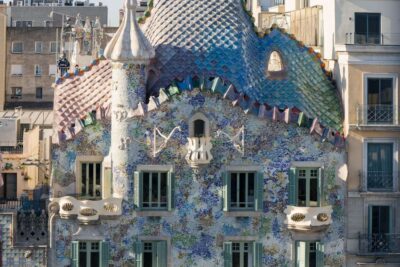
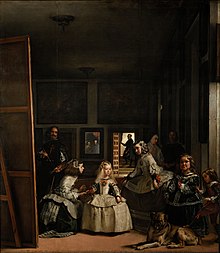
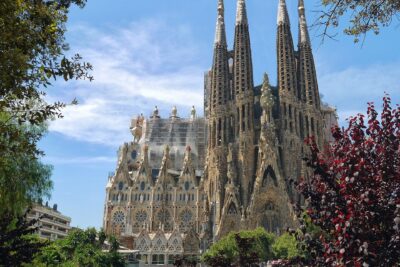
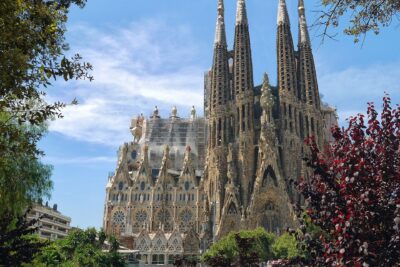
Read more!